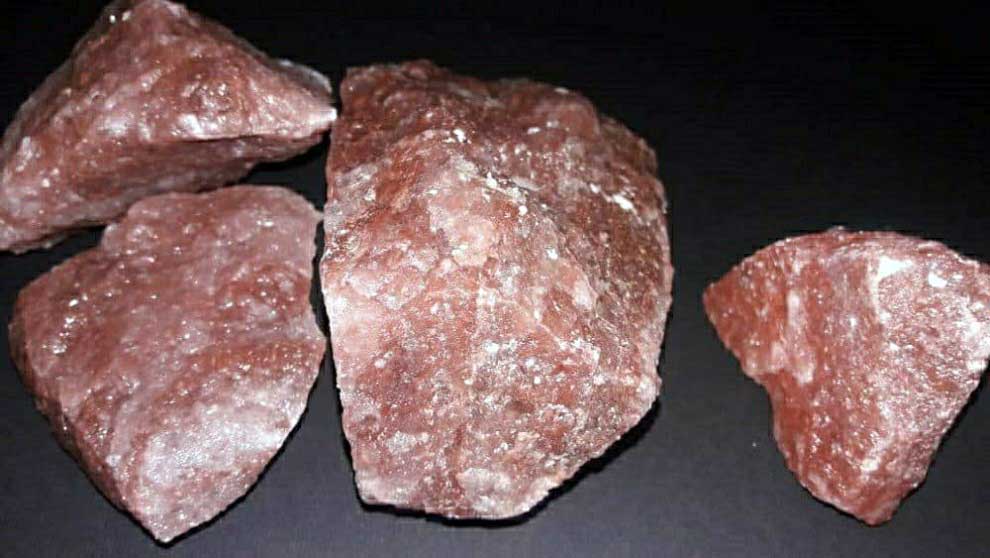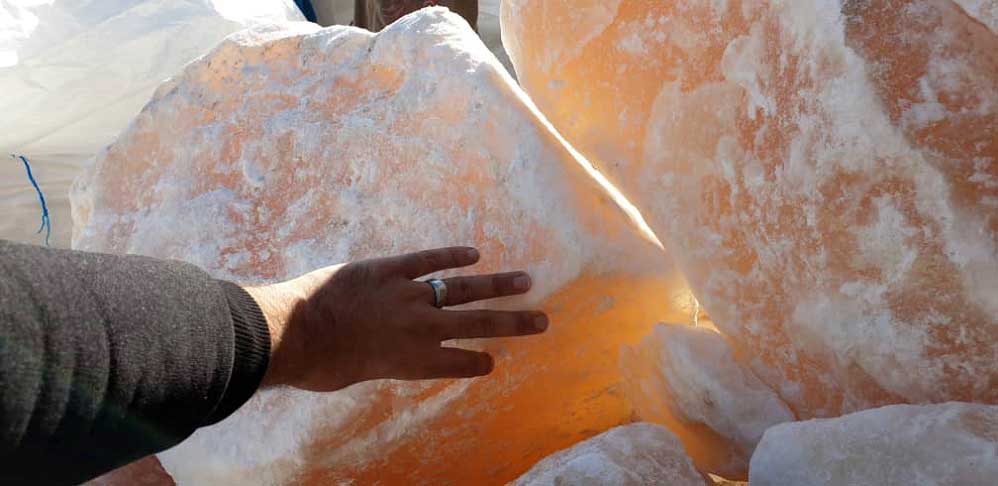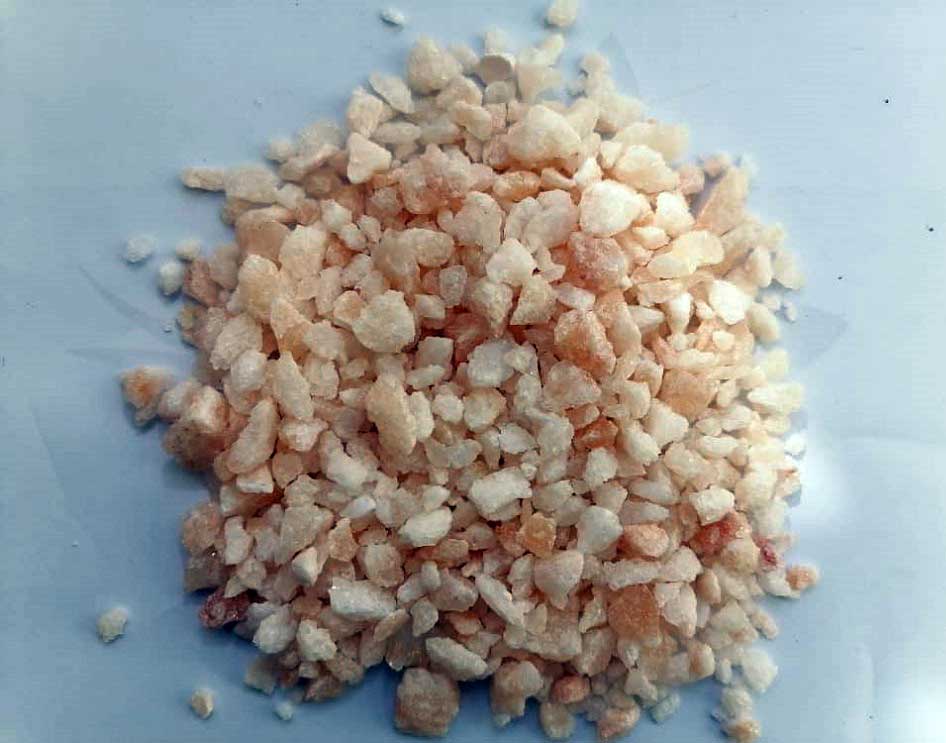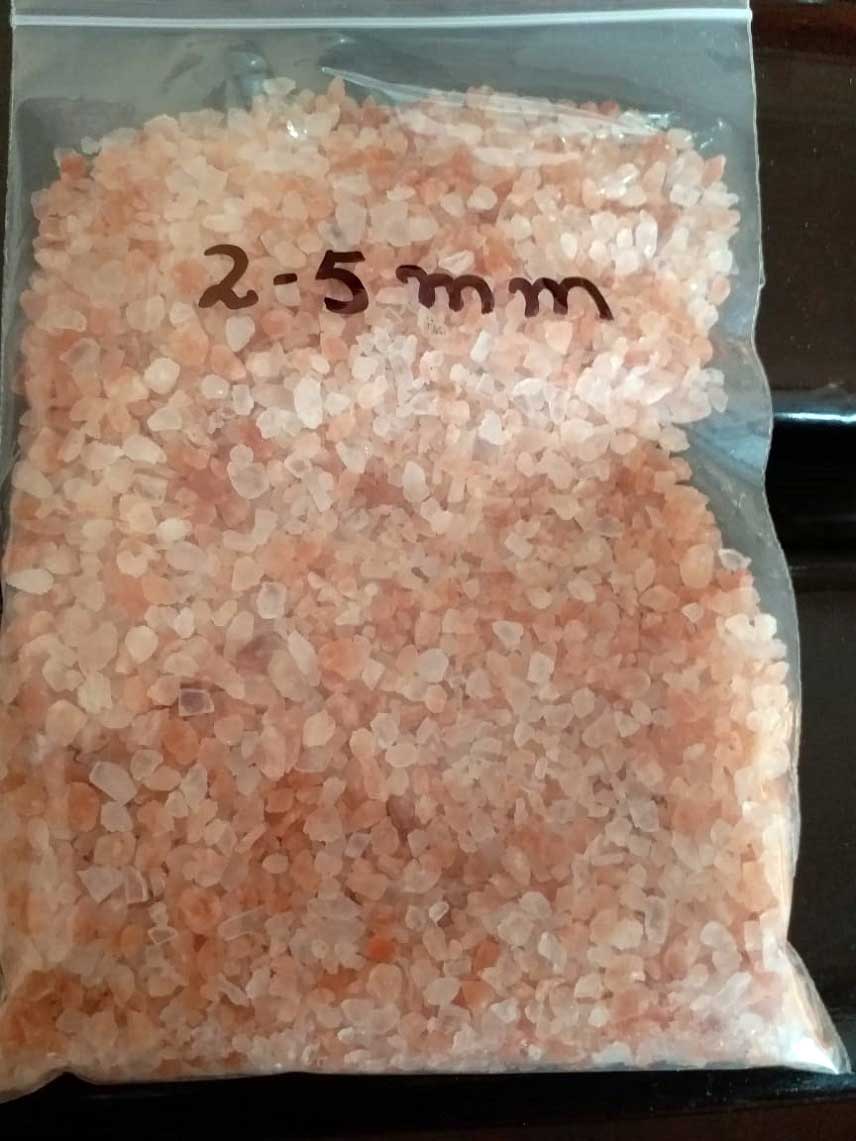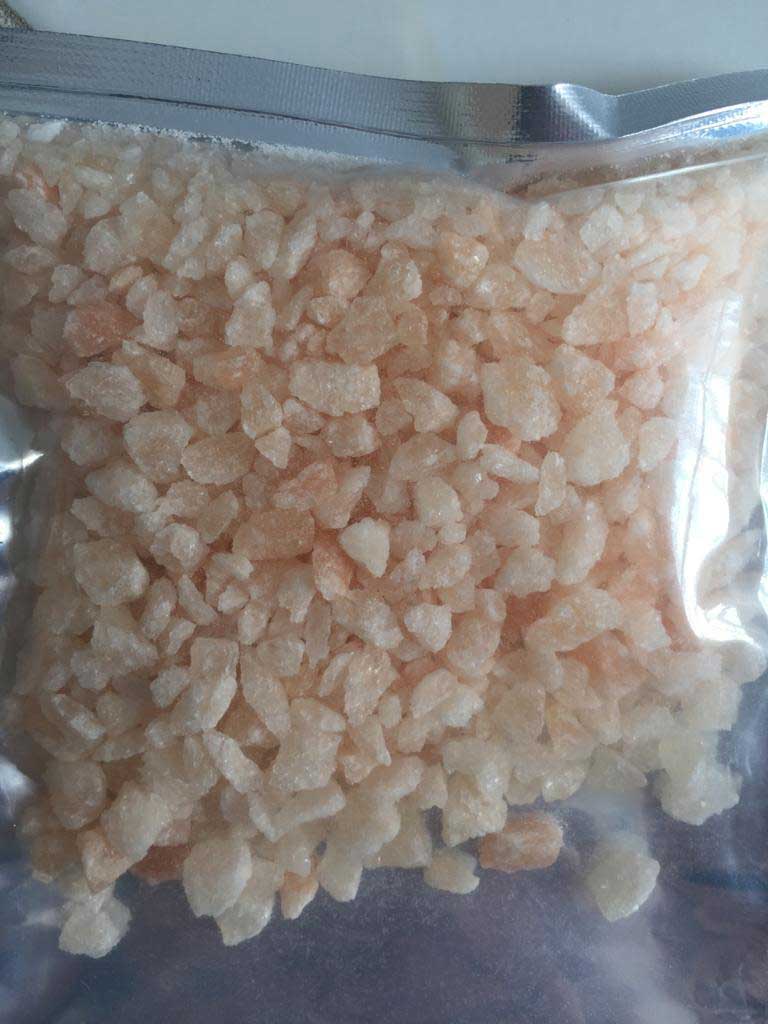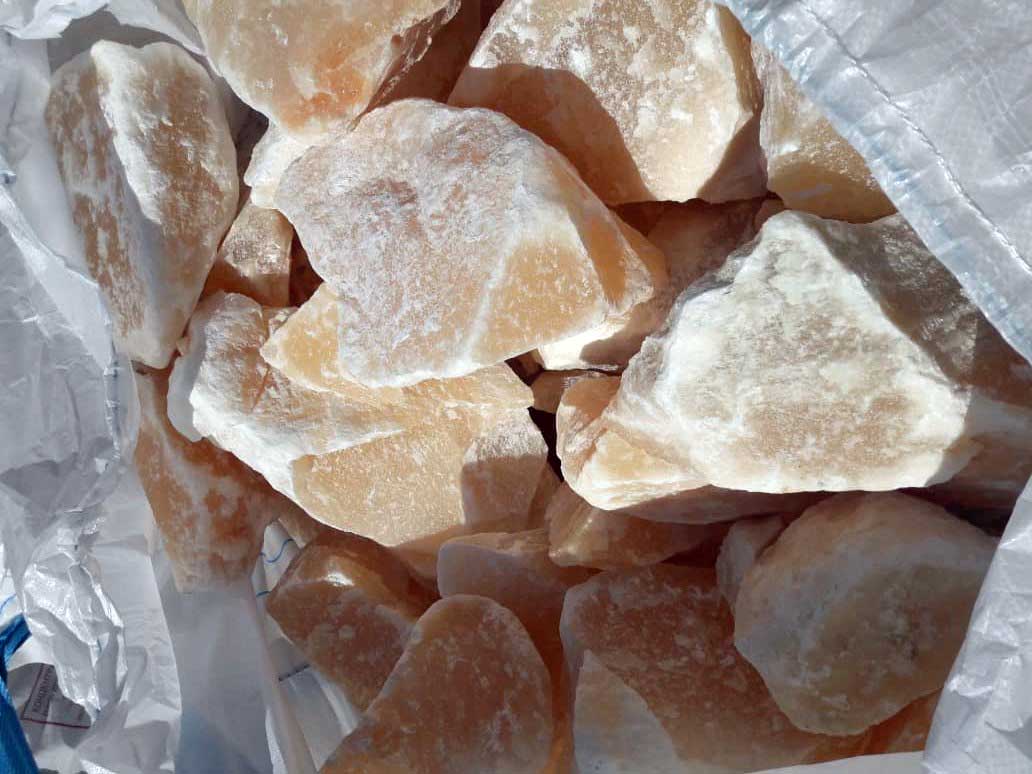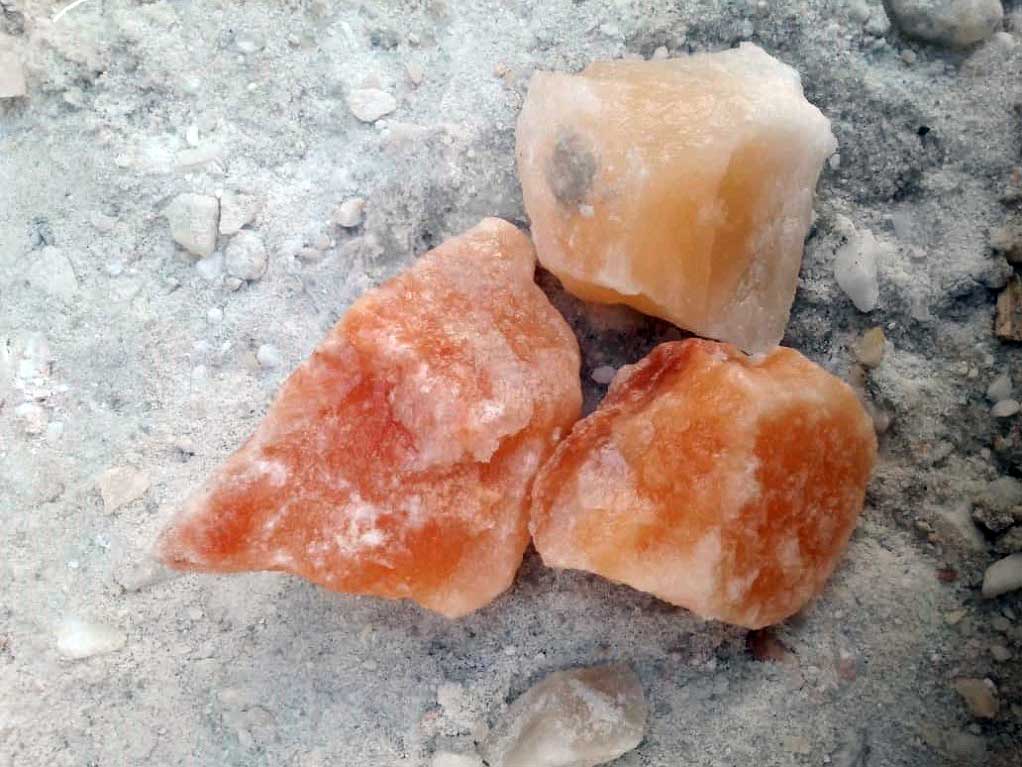
Pink Himalayan Salt:
Himalayan Pink salt very similar to table salt (98% Sodium Chloride) and is a rock salt named after the Punjab region of Pakistan were it is said was first found but is also found in Iran and some other regions.
The salt often has a pinkish tint due to mineral impurities inside which are said to have health benefits
General Specification:
Himalayan salt is chemically similar to table salt meaning 96% to 99% sodium chloride, with varying amounts of trace minerals such as calcium, iron, zinc, chromium, magnesium and sulfate, all at safe levels below 1%. Some salt crystals have off-white to transparent color, while impurities in some veins of salt give it a pink, reddish, or beet-red color.
Nutritionally, Himalayan salt is also similar to common table salt, though it lacks the beneficial that is added to commercial iodised table salt.
Applications:
It is primarily used as a food additive to replace refined and popular table salt and the impurities in it gives its distinctive pink / orange hue. Its unprocessed state and lack of anti-caking agents, have given rise to the belief that it is healthier than common table salt; this claim is not supported scientifically.
Slabs of salt are used as serving dishes, baking stones and griddles transferring to the food or drink a very weak flavor. Also pink salt is used to make "salt lamps" that radiate a pinkish or orangish hue, manufactured by placing a light source within the hollowed-out interior of a block of Himalayan salt. It is claimed that the use of these lamps results in the release of ions, again this health benefit is without foundation or without proof.
Packing types:
Almost all sizes of bags with different materials are available for different mesh of Pink Salt.
Customized offers:
iranXport.com can supply the desired tailor-made product with different sizes and packing upon the inquiry received.
